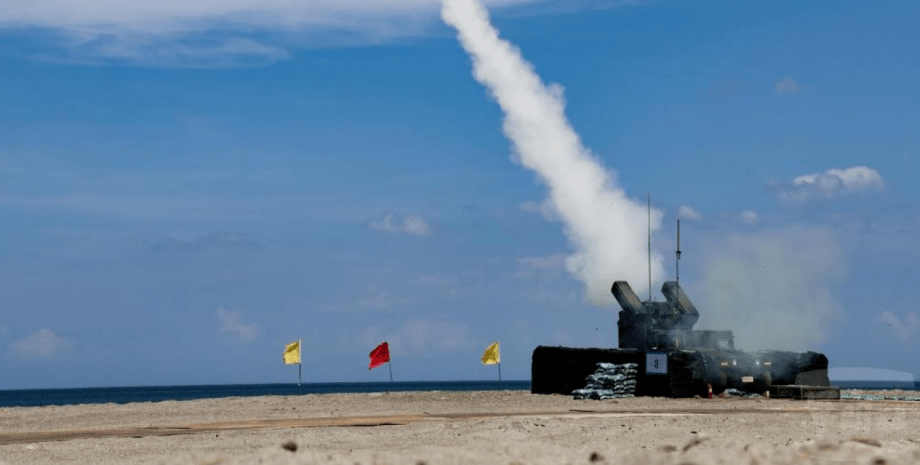
In his recent letter to the name of Secretary of State Anthony Blinken, Senator Joshi Houli claimed that the military assistance provided by Biden's administration to Ukraine prevents more important actions to strengthen Taiwan's defense. As evidence, he pointed to the lag in the supply of Taiwan weapons worth almost $ 19 billion. Houli is not the first to associate military assistance to Ukraine and delay the supply of Taiwan's weapons.
The Wall Street Journal article from November 2022 claimed that the supply of weapons to Ukraine "worsened" Taiwan's weapons. The US-Chinese Economy and Security Commission has similarly accused of "redirecting existing weapons and ammunition reserves" to Ukraine in delaying the supply of Taiwan's promised systems. Focus has translated the new text by Jennifer Kavan and Jordan Cohen about why it is important to support Taiwan.
These fears are based on the assumption that Taiwan and Ukraine are competing for the same systems and the same conveyors for weapons production. From this point of view, every anti -aircraft missile sent in support of Ukraine is one rocket that could support Taiwan's "savage strategy.
Houli and others are right in the fact that the United States will increasingly be given priorities during the distribution of limited resources between threats from Russia and China, especially as the war in Ukraine is delayed and the situation in the Taiwanese Strait is becoming more dangerous. However, the assertion that Washington's obligation to Ukraine is a major reason for Taiwan's lag or hinder the US efforts on such weapons is false and harmful.
First, it too simplifies the various ways that Taiwan and Ukraine have received weapons and exaggerates the similarity of the opportunities needed to each country. More importantly, this simplification distracts from the most important reasons for delays in supply: restrictions on the US defense and industrial base and the inefficiency of the weapon sale process.
In the absence of significant investments to eliminate deficiencies in the defense-industrial base and eliminate inefficiency in the process of sale and supply, the slowdown of weapons supply to Ukraine or more aggressive Taiwan prioritization will not correct the lament of the latter in the supply of weapons. Therefore, understanding and eliminating the main causes of delays is extremely important for the US action on Taiwan adequately armament of Chinese aggression.
In order to solve the problem of Taiwan's backlog in weapons and meet its urgent needs for asymmetric capabilities, Washington should accelerate investments in the US defense-industrial base to support modernization, expand capacity, protect supply chains and solve the problem of concentration of the defense sector. It can also organize the process of selling weapons and reduce procedural delays, as well as review export control measures to facilitate the joint production of Taiwan systems.
The argument that Ukraine is at the expense of the help of Taiwan incorrectly determines the processes of receiving weapons with each country. The supply of Taiwan's weapons has historically occurred mainly through the sale of military equipment abroad. According to the Taiwan Relations Law, the United States sells Taiwan's weapons almost every year to maintain his self -defense within the process of military sales abroad, which includes Congress consideration and approval by relevant agencies.
Recent Taiwan's recent purchases were made by this channel, including the purchase of Javelin and Stinger rockets in 2015, in 2019 - Styinger missiles, and in 2020 - Harpoon missiles and high -mobile artillery missile systems. In turn, although Ukraine has recently acquired some new weapons, most of the weapons received by Kiev - including Javelin, Stinger and howitzers, who, according to critics, had to go to Taiwan - came from excess defense reserves.
Since 2018, the Defense and Security Cooperation Agency has registered only four weapons sales to Ukraine within the process of military sales abroad, including the latest supply of non -standard ammunition worth $ 165 million in April 2022. According to the State Department and Agency for Cooperation in Defense and Security, military equipment sales have made less than 5% of security assistance in Ukraine since 2014.
Excessive defense products that make up the bulk of the supply of weapons to Ukraine usually include used weapons systems that are kept in the reserve but exceeding their own needs. When these inventories are depleted, the United States start working with partners on the transfer of systems of Ukraine, while creating additional systems for replenishment of inventories and for future supply, as is done with NASAMS.
Taiwan practically did not receive weapons taken from US reserves or excess defense reserves. Taiwan and Ukraine have not competed directly when it comes to surplus defense products or orders to new systems, but it may change. First, political amendments to the National Defense Act for 2023 are sanctioned by the President's powers to reduce Taiwan's weapons.
Secondly, with the depletion of existing weapons supply to Ukraine will be more and more dependent on the new weapons purchased within the military sales process. Thus, it is wrong to blame Ukraine of the current lag of weapons to Taiwan. However, actions to eliminate this lag and the fulfillment of new obligations may become more and more often into direct conflict with the needs of Ukraine.
This will make the choice of priorities and compromises between the two countries and different systems more significant in the future. In addition to the fact that Taiwan goes through another process, most of his weapons and many opportunities he may need in the future are not in high demand in Ukraine. There is a certain similarity between Ukraine's territorial defense strategy and an asymmetric strategy that many defense analysts offer for Taiwan.
But these two approaches differ in key aspects, which is partly explained by geography. The main task of Taiwan is to restrain and reflect the marine invasion, so anti -ship missiles, sea mines and long -range airmarks are one of its priority needs. Ukraine, which has a grounding war for exhaustion with a long line of front and close contact with Russian troops, wins the smaller range systems.
For example, Stinger missiles will be much more useful in Ukraine where Russian troops do not have advantages in the air and are in close proximity to Ukrainian positions. They will be less applicable to Taiwan, which is faced with a potential flurry of Chinese ballistic and winged missiles, although they can still play a role as part of multi -level air defense.
A more vigilant look at the weapons received by Ukraine and ordered by Taiwan confirms that although there are coincidences between them, they are much less than many. Uniform weapons include Javelin and Styinger missiles, anti -tank missiles with tubular, optical and leading guidance, HIMARS, ATACMS, Harpoon, Howitza and Harm missiles.
Orders for this weapon are only about one -third of $ 21 billion, spent Taiwan since 2015, although this is due to Taiwan's desire to buy large platforms of ordinary weapons instead of taking asymmetric strategies. Other purchases worth $ 14 billion include opportunities not in demand in Ukraine, and the systems that Washington refused to send Kiev, such as Abrams tanks and Reaper drones.
Critics called the US Assistance to Ukraine The cause of Taiwan's lag in weapons also distract from the most important sources of existing delays: restrictions on the American defense industrial base and the inefficiency of the sales and supply process. Taiwan's lag in the supply of weapons was not due to Russia's invasion in 2022.
By the end of 2021, the balance of overdue weapons from the United States to Taiwan amounted to about $ 14 billion, or more than three -quarters of a $ 19 billion deficit that existed in December 2022. Most of the "overdue" systems were purchased from 2015 to 2019, including F-16 aircraft, Javelin and Stinger, Himars, ATACMS and anti-ship missiles. The fact that most of the lag arose before the war in Ukraine speaks of a long -standing problem that has deeper roots.
Data from the Stockholm International Institute for World Stockholm International Research Institute show that delays from two to five years between selling and supply are the norm for the supply of US weapons systems. When supplying US weapons to all customers, completed from 2012 to 2021, the average time between sale and supply was about 4 years for air defense systems, 3. 5 years for aircraft and 2. 5 years for missiles. Sometimes these delays are almost 10 years old.
Taiwan delays correspond to these figures. It is noteworthy that although clients of major US opponents, such as Russia and China, often receive weapons in general faster, they face the same long -term delays when it comes to more high -tech systems. These weapons delays have many reasons. One of the main restrictions is the inability of the US defense-industrial base to meet the growing needs of US partners and the Ministry of Defense itself.
In addition, there are fewer suppliers and production conveyors left in the defense sector to meet the growing demand. Actions to expand the number of suppliers have just begun. The second reason for delays are complex production processes and long supply chains, which are in themselves prone to failures due to weather conditions, economic or geopolitical shocks.
Third, the uncertain budget situation and frequent revision of the budget that delay the approval of contracts have led to the application of the approach "at the last moment", which is why defense contractors are skeptical of long-term investments. Finally, the COVID-19 pandemic has intensified existing problems, causing stopping and additional failures in the supply chain that takes time to eliminate.
Another source of delay is the inefficiency of the process of sale and supply of military goods abroad. The huge volume of annual global sales of US weapons slows down the process of supplying weapons, creating more work for the State Department and the Ministry of Defense and increasing the burden on and so tense defense-industrial base.
In such circumstances, large clients, such as Saudi Arabia, and large goods, such as planes, are prioritized over smaller buyers and systems, affecting the asymmetric capabilities that Taiwan and other countries need.
The outdated process of planning, budgeting and implementation of the Ministry of Defense, which is responsible for the allocation of funds to support the management of the foreign military sales program, further disrupts the timing of weapons when administrative delays or problems with resource supply. Most of these process delays affect not only new sales but also the supply within the presidential powers.
Finally, export control creates additional obstacles even after signing and approving a weapon sale agreement. The delay in supplying Taiwan's weapons is undesirable but not unexpected. It almost probably would have arisen even without war in Ukraine.
However, now new powers that allow Taiwan to compete for surplus defense products, increasing the financing of Taiwan's weapons and large short -term and long -term needs of Ukraine will gradually intensify direct competition between the two US partners and will make it more clearly set priorities in two theaters. But the placement of priorities itself is only part of the puzzle, and the slowdown in military assistance to Ukraine will not solve the problem of laging of Taiwan's weapons.
Taiwan's weapons to support his self-defense will require investments in the American defense-industrial base, improve the process of selling weapons to foreign countries-including revision of export control over relevant technologies to promote expanded joint production-and careful priority. Baiden and Congress administration take steps to eliminate the existing defense-industrial base restrictions.
These include large investments in increasing capacity and restoring supplies made during 2022, and the extension of expenses included in the Law on National Defense for 2023 to maintain the stability of the supply chain, labor development and modernization of the infrastructure .
Other provisions included in the bill, for example, the ability to sign long -term contracts for a wide range of weapons can contribute to a longer -term investment in the defense industry, but require careful control to avoid overestimation of prices. However, it takes time to achieve the effect of these changes. In some cases, you can use ready -made technologies from the private sector to temporarily fill the potential disadvantages.
More active interaction with small private firms can also lead to the establishment of long -term relationships that will start solving the problem of concentration of the defense sector. Changes in the process of arms transfer can also help Taiwan reduce the current lag. Some of them are already being carried out. The Ministry of Defense has created a Tiger team that deals with procedural issues, including long -term processes and restrictive rules for the exchange of sales technologies.
Modifications of existing export control measures of the respective systems will be useful to facilitate the joint production of the US and Taiwan or other partners in the region. Such joint production of systems could reduce the load on the US defense and industrial base, while increasing the potential of regional partners to produce their own weapons.
These updates, in addition to the clear definition of Taiwan's priority in front of human rights partners, would be a signal that Washington and Taibei are seriously treating Taiwan with the necessary potential within reason. The invasion of Ukraine demonstrated the importance of rapid delivery of weapons as needed.
If Washington takes advantage of the chance to carry out far -reaching reforms today, he will be able to guarantee that Taiwan will benefit from the experience of Ukraine and will not compete with Kiev. Jennifer Kawana is a senior researcher of American Statecraft Program of the Carnegie Foundation for the International World and Adjunct Professor of Georgetown University.
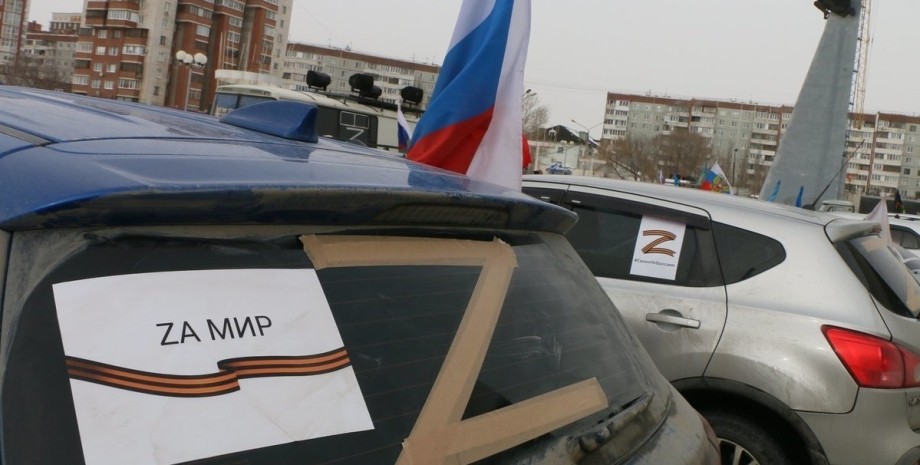

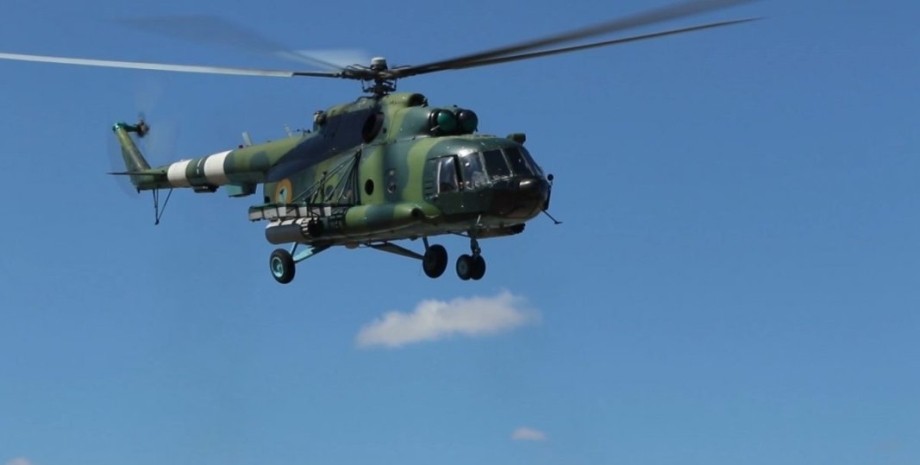


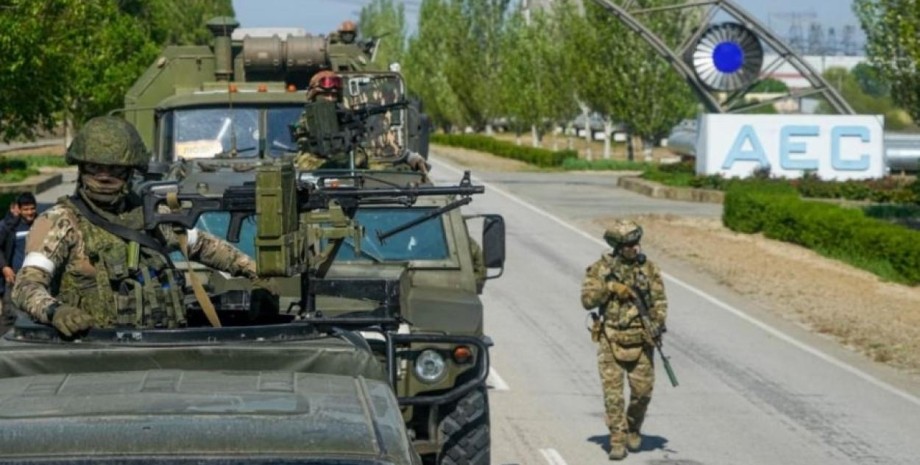


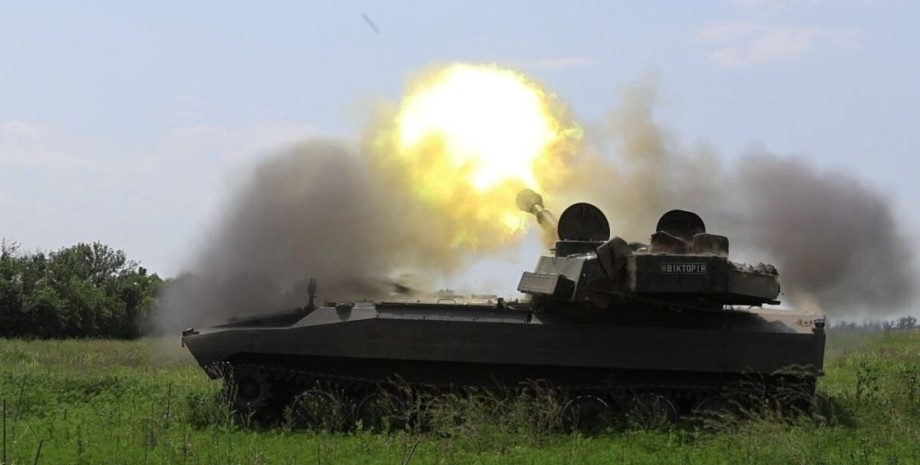











Všetky práva vyhradené IN-Ukraine.info - 2022